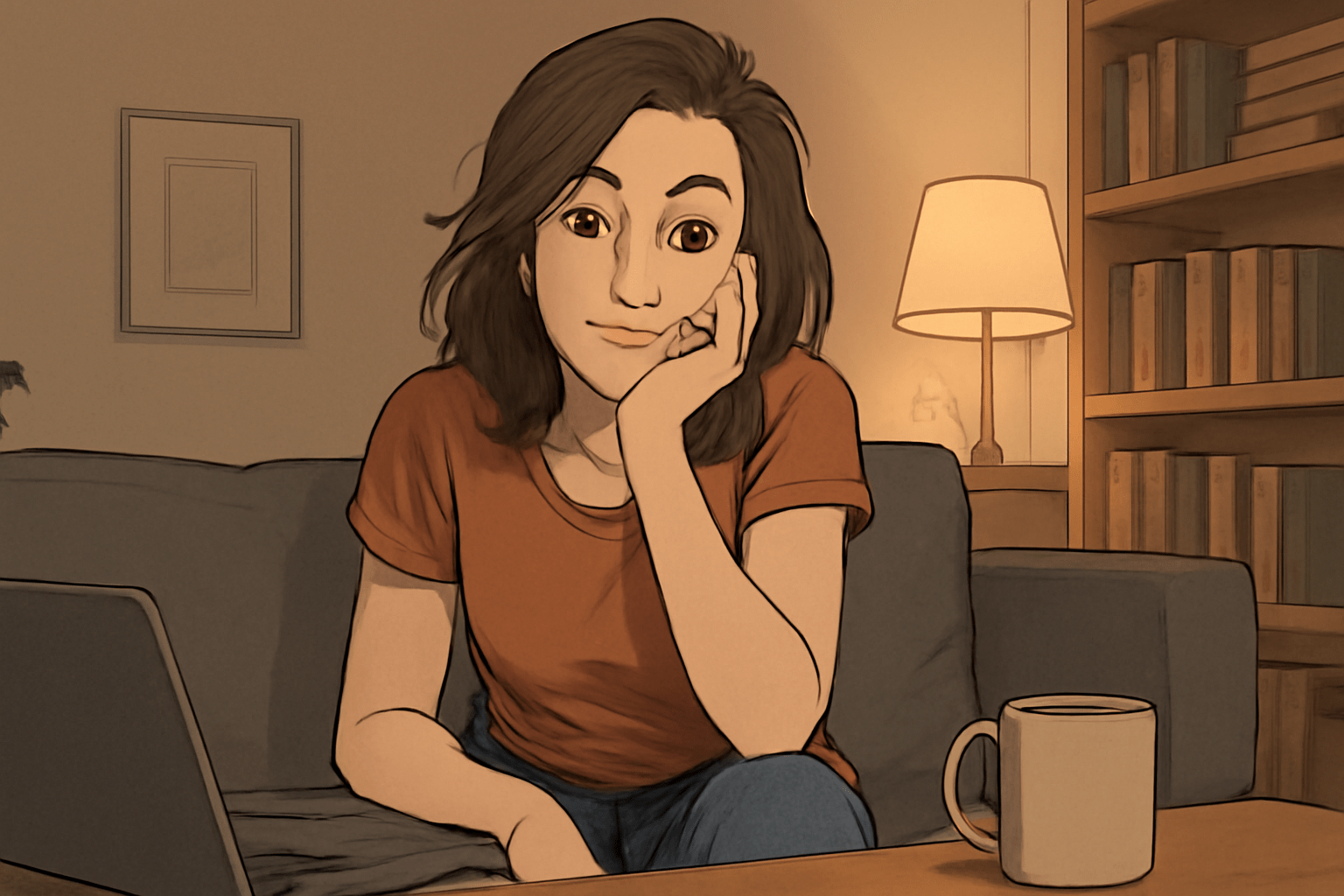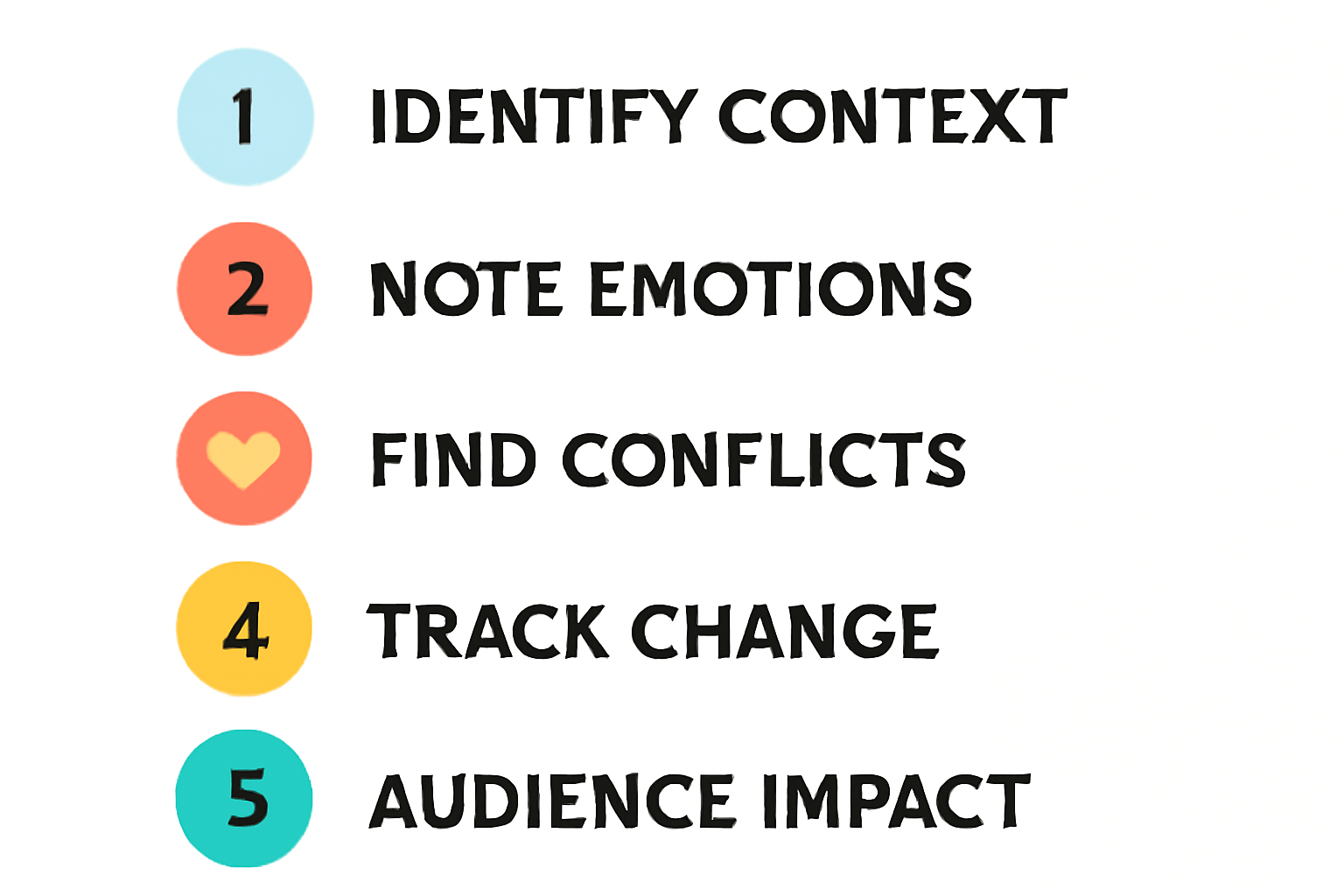
How Soliloquies Shape Characters: Unraveling the Function of Soliloquies in Character Development
Ever wondered what a character’s really thinking when they speak alone on stage? 🤔 Soliloquies—those powerful moments when characters share their innermost thoughts—unlock the heart of character development in plays and stories. Whether you’re a student tackling Shakespeare, a theater fan, or just curious about storytelling, understanding the function of soliloquies in character development can transform how you connect with characters. This article dives into their role in revealing emotions, conflicts, and growth, offering practical insights to make literature come alive. Keep reading to unravel the magic of soliloquies! 😊
Table of Contents
ToggleUnderstanding Soliloquies in Literature 😊
What’s a soliloquy? It’s when a character in a play speaks their thoughts aloud, all alone, sharing their deepest feelings with the audience. Think of it as a private heart-to-heart that lets you peek into their mind. Unlike a monologue, which might be spoken to others, a soliloquy is personal, raw, and honest, revealing truths no one else in the story hears.
Soliloquies shine in classic plays like Shakespeare’s Hamlet or Macbeth, where characters wrestle with big emotions or decisions. For example, Hamlet’s “To be or not to be” speech exposes his inner turmoil. But they’re not just for old plays—modern shows like Fleabag use asides or voiceovers to give that same intimate vibe.
Why do they matter? Soliloquies pull you closer to characters, showing their fears, dreams, or conflicts. They make stories feel alive and help you understand what drives a character’s actions. For students, theater fans, or casual readers, spotting a soliloquy can unlock a story’s deeper meaning.
How Soliloquies Build Deeper Characters 😊

Soliloquies are like a window into a character’s mind, showing us what makes them truly special. The function of soliloquies* in character development is to reveal thoughts, emotions, and changes that shape who they are in a story. Let’s explore how they do this!
Reveal Inner Thoughts and Emotions: Soliloquies let characters share what they hide from others. In Hamlet, Hamlet’s “To be or not to be” speech shows his deep doubts about life and death, making him feel real and complex.
Showcase Character Growth: Over time, soliloquies can track how a character changes. In Macbeth, Macbeth’s early soliloquies bubble with ambition, but later ones drip with guilt, showing his moral downfall.
Highlight Internal Conflict: Soliloquies often expose a character’s struggles. Lady Macbeth’s sleepwalking soliloquy reveals her guilt, contrasting her earlier ruthless ambition, which adds depth to her arc.
Build Audience Connection: By sharing private thoughts, soliloquies make us feel close to characters. In Othello, Iago’s sneaky soliloquies pull us into his schemes, making us both fascinated and uneasy.
Soliloquies solve a big problem for readers and audiences: they make characters’ motivations crystal clear, turning flat roles into unforgettable ones.
Actionable Tip: Pick a play you love and find a soliloquy. Write down what the character feels and what conflict they face. Compare it to later scenes to spot their growth! 📚
Iconic Soliloquies and Their Impact 😊
Seeing the function of soliloquies in character development in action makes them easier to understand. Here are beginner-friendly examples from classic and modern stories, showing how soliloquies bring characters to life. Each breaks down the context, what’s revealed, and why it matters!
Hamlet (Hamlet, Shakespeare): In his famous “To be or not to be” soliloquy, Hamlet ponders life, death, and action.
- Context: He’s alone, wrestling with whether to avenge his father.
- What It Reveals: His deep indecision and fear of the unknown make him relatable.
- Audience Impact: We feel his pain, rooting for him despite his doubts.
Macbeth (Macbeth, Shakespeare): Macbeth’s “Is this a dagger” soliloquy shows his mind unraveling before murdering Duncan.
- Context: He’s alone, haunted by his ambition.
- What It Reveals: His guilt and hesitation add layers to his villainy.
- Audience Impact: We’re gripped by his moral struggle, even as he falls.
 Viola (Twelfth Night, Shakespeare): Viola’s soliloquy about her disguise and love for Orsino spills her heart.
Viola (Twelfth Night, Shakespeare): Viola’s soliloquy about her disguise and love for Orsino spills her heart.
- Context: Disguised as a man, she’s stuck in a love triangle.
- What It Reveals: Her vulnerability and cleverness shine through.
- Audience Impact: We empathize with her tangled emotions.
Modern Example: Fleabag (Fleabag, TV): Fleabag’s asides to the camera act like soliloquies, sharing her witty, raw thoughts.
- Context: She navigates messy relationships and grief.
- What It Reveals: Her humor hides deep pain, making her complex.
- Audience Impact: We feel like her confidant, hooked on her story.
These examples show how soliloquies make characters unforgettable by baring their souls.
Actionable Tip: Watch or read one of these scenes. Note how the soliloquy changes how you see the character—does it make them more human? Try it with Hamlet on YouTube! 🎭
A Step-by-Step Guide to Analyzing Soliloquies 😊
Want to unlock the secrets of a character’s mind? Analyzing soliloquies is a simple way to understand the function of soliloquies in character development. This beginner-friendly guide breaks it down into clear steps, helping you uncover deep insights about any character. Let’s dive in!
Step 1: Identify the Context
What’s happening when the character speaks alone? Are they facing a big decision or crisis? For example, in Hamlet, Hamlet’s soliloquy comes as he debates revenge. Knowing the story’s moment sets the stage.
Step 2: Note the Emotions
What feelings spill out? Is the character angry, sad, or confused? In Macbeth, Macbeth’s soliloquy before killing Duncan shows fear and ambition. Jot down the emotions to see what drives them.
Step 3: Look for Conflicts
What struggles are revealed? Soliloquies often show inner battles, like Lady Macbeth’s guilt clashing with her ambition. Pinpointing these conflicts reveals what shapes the character’s choices.
Step 4: Track Development
How does this soliloquy show change? Compare it to earlier or later moments. In Othello, Iago’s soliloquies reveal his growing schemes, showing his cunning evolve. This tracks the character’s arc.
Step 5: Consider Audience Impact
How does the soliloquy make you feel? Does it make the character more relatable or shocking? Fleabag’s asides in Fleabag make us laugh but also ache for her, creating a bond.
This framework helps students, readers, or theater fans dig deeper into characters, making stories more meaningful.
Actionable Tip: Grab a play like Romeo and Juliet or a show like Fleabag. Pick a soliloquy, apply these steps, and write down your findings. Share your insights with a friend or study group to spark discussion! 📝
The Timeless Power of Soliloquies 😊
Why do soliloquies still captivate us today? These moments of raw, solo speech tap into something universal, making characters feel like real people. The function of soliloquies in character development goes beyond old plays—they connect with modern audiences in surprising ways. Here’s why they resonate!
Mirror Real-Life Reflection: Soliloquies feel like our own private thoughts. Just as we talk to ourselves or journal to sort out feelings, characters use soliloquies to process dilemmas. Hamlet’s doubts echo our own moments of uncertainty, making him timeless.
Make Characters Relatable: By showing vulnerability, soliloquies create empathy. When Viola in Twelfth Night shares her hidden love, we feel her heartache. This openness helps us connect with characters, even across centuries.
Thrive in Modern Media: Soliloquies aren’t stuck in Shakespeare’s time. TV shows like Fleabag use asides to share witty, honest thoughts, while movies use voiceovers for the same effect. These modern twists prove soliloquies still pack a punch.
 Boost Critical Thinking: Understanding soliloquies sharpens how we read people in real life. By analyzing a character’s inner conflicts, like Macbeth’s guilt, we practice empathy and insight, skills useful beyond literature.
Boost Critical Thinking: Understanding soliloquies sharpens how we read people in real life. By analyzing a character’s inner conflicts, like Macbeth’s guilt, we practice empathy and insight, skills useful beyond literature.
Soliloquies solve a key problem: they make stories and characters feel alive and relevant, no matter the era.
Actionable Tip: Try writing your own “soliloquy” about a tough decision you face. Put your thoughts on paper, like a character would. It’s a fun way to reflect and see soliloquies’ power firsthand! ✍️

Soliloquies are powerful tools that bring characters to life, revealing their deepest thoughts, conflicts, and growth. By unraveling the function of soliloquies in character development, we see how they make stories unforgettable, from Shakespeare’s Hamlet to modern shows like Fleabag. Whether you’re a student, a theater lover, or a curious reader, understanding soliloquies helps you connect with characters and stories on a deeper level. Ready to dive in? Pick a play, analyze a soliloquy, or even write your own to explore your inner thoughts. Start today and discover the magic of storytelling! 📖
Frequently Asked Questions (FAQs)
1️⃣ What is a soliloquy in literature?
A soliloquy is a speech delivered by a character alone on stage, revealing their inner thoughts and feelings to the audience. It offers insight into their motives, emotions, and personal conflicts that other characters don’t hear.
2️⃣ How do soliloquies help develop a character’s personality?
Soliloquies reveal what a character truly thinks and feels, beyond what they show to others. This deepens the audience’s understanding of their desires, fears, and decisions, making the character more complex and relatable.
3️⃣ Why are soliloquies important in plays like Shakespeare’s?
In Shakespeare’s plays, soliloquies give audiences access to a character’s private thoughts, often driving the plot forward. Famous examples like Hamlet’s “To be or not to be” help explain key moral dilemmas and personal struggles.
4️⃣ How can students analyze a soliloquy effectively?
Start by identifying the character’s emotions and main ideas in the soliloquy. Look for literary devices like metaphors, imagery, and tone changes, then connect these elements to the character’s actions and decisions in the story.
5️⃣ What’s the difference between a soliloquy and a monologue?
A soliloquy is spoken alone on stage, meant to express inner thoughts directly to the audience. A monologue, however, is a longer speech delivered to other characters or an audience within the story.
6️⃣ How do soliloquies reflect a character’s internal conflict?
Soliloquies often showcase a character’s private struggles and doubts. By voicing conflicting emotions and difficult choices, they reveal deeper layers of the character’s personality and moral compass.
7️⃣ Can soliloquies change how the audience feels about a character?
Yes — soliloquies can shift audience perception by exposing a character’s vulnerabilities or hidden intentions. This can turn a villain into a sympathetic figure or reveal flaws in a seemingly heroic character.
8️⃣ Why should literature students pay close attention to soliloquies?
Soliloquies are key moments for understanding character motivation and thematic messages in a play. Analyzing them helps students interpret deeper meanings, improve essay quality, and grasp a writer’s storytelling techniques.
